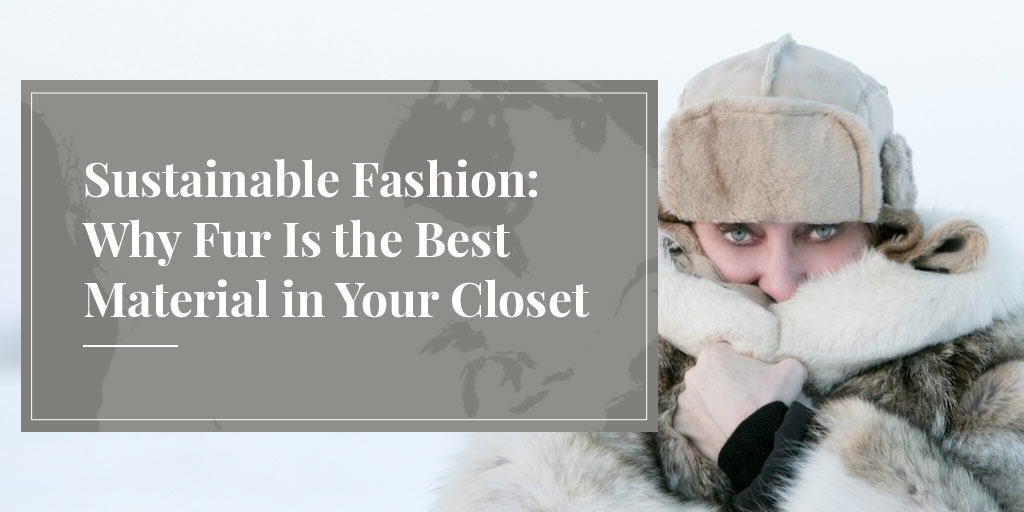
It’s no secret that the planet is in trouble. We’re depleting our non-renewable resources and leaving behind a trail of toxic garbage and pollution. The good news is that many people are now striving for lifestyles that are more sustainable, but the choices we face can be tricky. One choice we all make every day is what to wear. So what is sustainable fashion, and how does fur measure up?
To measure fur’s sustainability, we’re going to ask five important questions.
Question 1: Where does the raw material come from?
This is the most important question by far when determining whether your clothing is sustainable or not.
Raw materials fall into two classes: organic (plants and animals) and inorganic (coal, oil, ore, etc.). Organic materials are sustainable because they are renewable; the plants and animals from which they come replenish themselves. Common examples used in clothing are cotton, linen, bamboo, wool, fur, down and leather. Inorganic materials are unsustainable because they are non-renewable; once they’re gone, they’re gone, unless we can find some more. The most important inorganic materials used in clothing are synthesised from petroleum, such as acrylics and polyesters.
How does fur measure up?
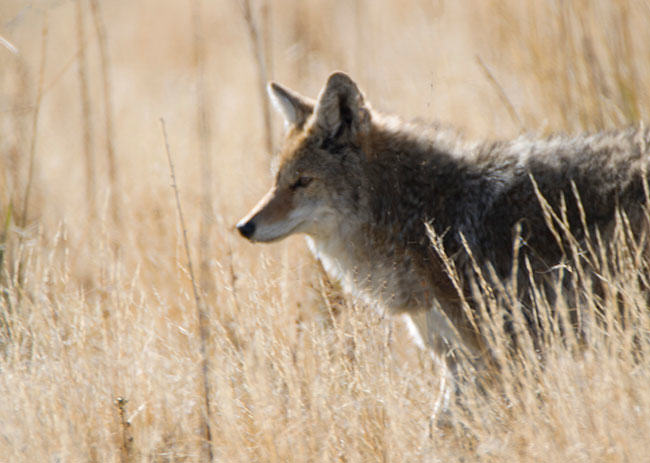
Fur comes from animals, and since animal populations replenish themselves, that makes the raw material for the fur trade sustainable in theory. In practice, fur can lose this sustainability credential if the animals are removed faster than their population can replenish itself. While this certainly happened in the past with some species in some regions, the good news is that the lessons of history have been learned.
The trapping of wild furbearers today is strictly regulated to ensure harvests are sustainable from year to year. Regulations cover what animals can be taken, when, where, and how. These regulations ensure that we are using only part of the annual production. Trade in endangered species is strictly prohibited.
Meanwhile, fur farming, like all livestock farming, is inherently sustainable, because farmers can produce fewer or more animals depending on market conditions. Indirectly, farming also benefits wild populations as it reduces pressure on them in times of high demand. Fur farms also minimise their environmental impact in other ways, e.g., feeding their animals left-overs from human food production; using manure and soiled straw bedding to fertilise crops; and turning carcasses into biofuel.
The result: Both wild and farmed furs are sourced sustainably.
SEE ALSO: Abundant furbearers: An environmental success story.
Question 2: How is the material produced or processed?
The different ways in which materials are produced and processed mean they have different environmental impacts. It’s well known that the production of petroleum-based synthetics brings risks, from oil spills during extraction to toxic chemicals emitted during production of the fabric. But every fabric has issues, including organic fabrics. Traditional methods for growing cotton, for example, use a lot of water, synthetic fertilisers and pesticides, and remove wildlife habitat. In the case of farmed animals, there is waste disposal to consider.
How far the raw materials and finished garments travel is another consideration. A garment entirely produced and sold locally has a smaller carbon footprint than, for example, a polyester garment made from oil drilled in the Gulf of Mexico, processed into fabric in China, assembled in Vietnam, and then sold in Europe.
How does fur measure up?
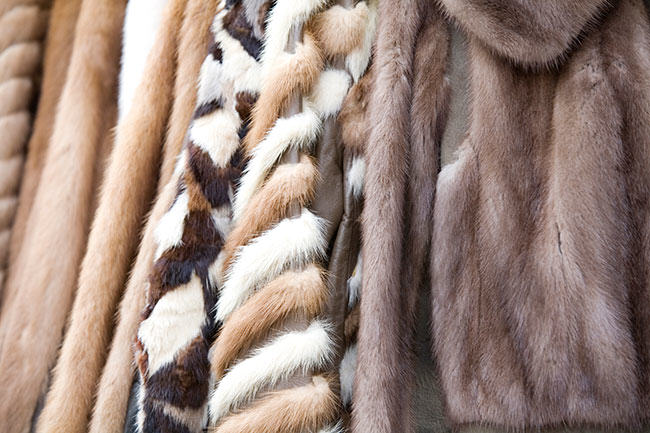
The main materials used in the “dressing” of fur pelts are either organic or naturally occurring compounds, and environmental protection controls ensure that there are no harmful effluents. (This is certainly true today for all developed economies, but developing countries are now also introducing better controls.) Claims made by animal rights groups that fur dressing is very harmful to the environment have often confused fur dressing with leather processing. In reality, fur dressing is a much milder process because the hairs must be protected rather than burned off as they are in leather production.
It is also worth noting that, unlike other clothing materials, furs are often used in their natural colours, which means no bleaching and dyeing. Very few materials in the apparel sector are used in their natural state, which makes fur a true exception. In fact, the most valuable furs are the ones whose natural colours and patterns are the most striking, with no need for dyes or bleaches.
One downside to the fur production process — like much other apparel production today — is caused by globalisation. While most fur garments consumed today in North America and Europe are made with locally-sourced pelts, much of the actual manufacturing is done in Asia. This reduces labour costs — and provides lower prices for consumers — but implies more fuel use.
The result: The processing of fur is not harmful to nature; it is done with benign chemicals, and fur is often used in natural colours, reducing the need for bleaches and dyes. However, while the fur pelts are usually produced in North America or Europe, fur (like other apparel) is now often manufactured in Asia, which requires transportation and fuel consumption.
Question 3: Does the garment cause harm during its lifetime?
A few years ago this would have seemed a strange question, but a growing body of research now shows that petroleum-based synthetics harm the environment just by being worn. Every time we wash and dry these synthetics, micro-particles of plastic are released into the air and water, and these are now turning up everywhere – in the oceans, in animals, and even in our drinking water.
Organic fibres also release microparticles, but the difference is that they biodegrade, rather than accumulating like plastic microparticles.
How does fur measure up?
Scientists are focusing their efforts on plastic microparticles, but it’s reasonable to assume that microparticles given off by fur garments, being biodegradable, are harmless. And since furs are not washed and dried regularly like most other garments, the number of microparticles floating around is probably much smaller than, say, cotton microparticles. In short, while microparticle pollution is a huge concern for petroleum-based synthetics, it’s a non-issue for fur.
The result: Fur causes no environmental harm during its life cycle.
Question 4: How long will the garment last?
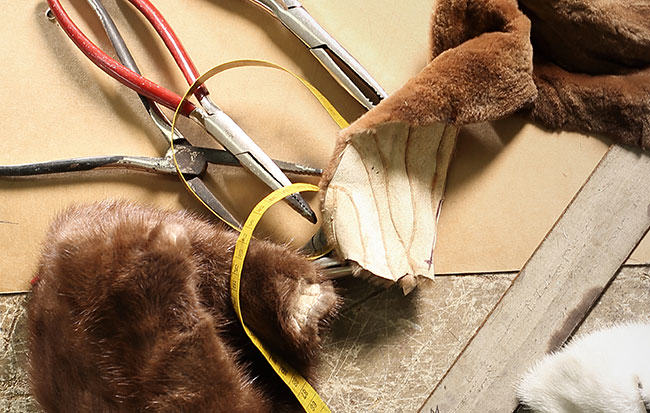
The 3 R’s of waste management are reduce, reuse, and recycle, and they are all aimed at reducing our overall consumption. In the case of clothing, we need to eschew throwaway fashion that lasts just a few seasons, and opt instead for quality garments made of durable materials.
How does fur measure up?
Of all organic materials used for clothing, fur and leather (fur with the hair removed) are the most durable. It’s not by chance that leather is used for shoe soles! And because fur coats are generally quite expensive, consumers have an incentive to care for them. Fur is one of the few clothing materials that is worn for decades and even passed down through generations.
When properly cared for, a fur coat can last 40 years or more, and even then it may not be at the end of its life. Provided the leather is still supple, grandma’s vintage mink coat can be recycled as a trendy new bolero, or “let out” to make a two-metre scarf.
The result: Fur apparel is extremely long-lasting, which is an important sustainability objective because it reduces the need to constantly produce new products.
SEE ALSO: 5 great ways to recycle old fur clothing.
Question 5: What happens to the garment when it’s discarded?
Waste disposal is one of the most pressing environmental issues today, both of consumer goods and the packaging they come in. Most clothing eventually ends up in landfills, but how much damage it causes there depends on the materials used. Organic fabrics, such as cotton, wool, and fur, biodegrade. The problem with petroleum-based synthetics is that they don’t biodegrade but eventually break down into microparticles of plastic that then enter the waterways. (It’s been estimated that clothing and other textiles are responsible for 34.8% of such microparticles in the oceans today.)
How does fur measure up?
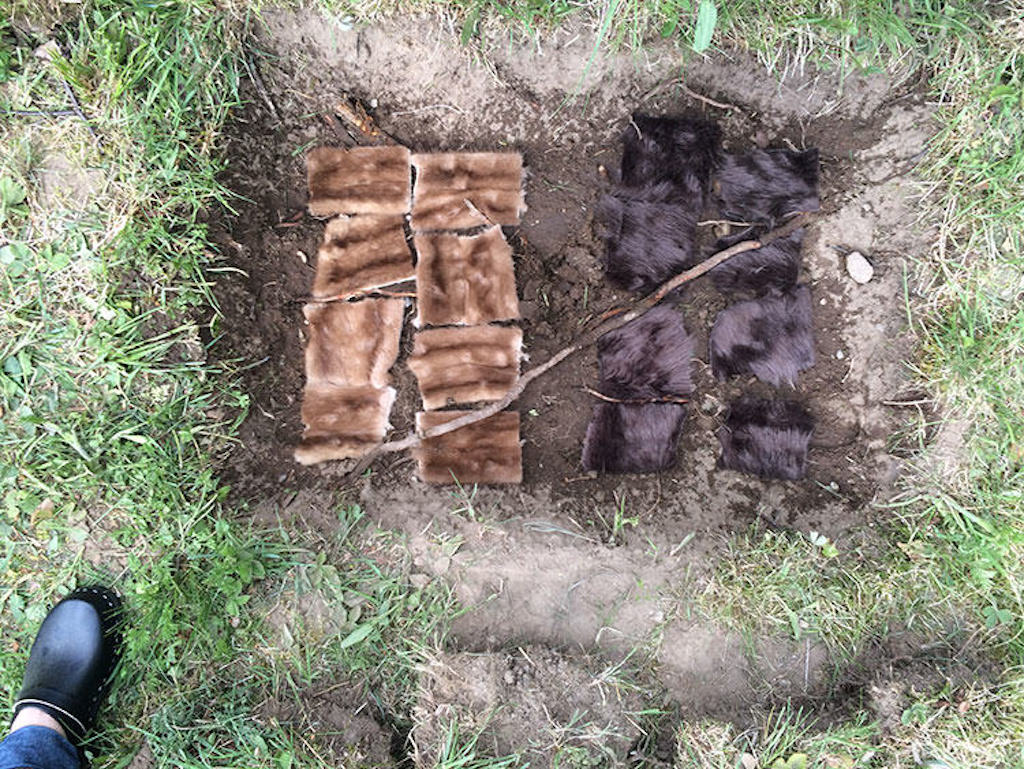
Being organic, fur fully biodegrades when put in a landfill. Animal rights groups claim the chemicals used in dressing prevent fur from biodegrading, but this is nonsense, and Truth About Fur has proven it. Any silk lining, cotton thread or leather straps will also biodegrade, while metal zippers will rust and return to the soil in mineral form. At worst, a few plastic buttons will remain. So in the sustainability stakes, fur wins hands down, especially when compared with petroleum-based synthetics which don’t biodegrade, but just break down into microparticles that one day may turn up in your beer!
The result: Fur is completely biodegradable.
SEE ALSO: The great fur burial: How fur biodegrades after one year.
The verdict
Wait a minute, you may be saying; if fur scores so well on these sustainability measures, why have several high-profile brands recently announced that they will stop working with fur, saying that fake fur is more sustainable? Simply put, the claims these companies are making are nonsense. Anyone who believes fake fur made from petroleum is more sustainable than real fur has no understanding of the meaning of sustainability. Unfortunately, these companies are simply regurgitating, without checking the facts, propaganda fed to them by animal rights groups bent on ending all use of animals.
SEE ALSO: Sustainability: Why is Gucci so confused?
So how does real fur score overall as sustainable fashion? Fur is one of the most sustainable fabrics on the planet, ticking all the boxes: it’s made from sustainably-produced natural materials, it uses fairly benign production processes, and the result is long-lasting and recyclable garments that eventually fully biodegrade after providing many decades of warmth and comfort.
OK, we hear what you’re thinking: Truth About Fur is all about advocating fur, so it’s no surprise that we’re giving it two thumbs up. But now ask yourself the same questions, substituting any other material for fur, and see what you get. What’s the production process behind your petroleum-derived synthetic raincoat? Will your fake fur jacket look good after five years of wear and tear? And does it not concern you that these garments, at the end of their life cycle, will be condemned to a landfill to crumble into microparticles that pollute our oceans? Let us know in the comments below!
Want to know more? Then you may want to read Fur is a sustainable natural resource. And watch …











I have a question if someone were to buy faux fur should it still be worn or kept locked away so it doesnt crumble into microplastics? Just wondering if theres anything to be done about this?
Isobel, it doesn’t seem that there is anything helpful that can be done, since sooner or later a faux fur will probably crumble just because the fibers break or become detached from the backing. And the quickest way to do this is to put it in the washing machine. If you’re worried about what to do with an old faux fur, you can use it to line a drawer and it’ll probably still be intact in 1,000 years. The best thing you can do is simply not to buy another one 🙂
‘Organic materials are sustainable because they are renewable; the plants and animals from which they come replenish themselves.’
Try telling that to the thousands of species hunted to extinction for their fur, feathers, bones etc etc.
As for the countless trees felled in the name of the timber industry and self replenishing is clearly a nonsense.
We are struggling here to think of a single species that has been hunted to extinction in modern times for its fur or feathers. Can you name one? The chinchilla apparently came close, but is now strictly protected in the wild. Meanwhile … if you rule out the use of both animal and plant products like timber, you don’t leave many options for creating a sustainable future.
The Huia (bird) of New Zealand was hunted to extinction for its feathers
This article smacks of an ad to persuade the reader that animals are running freely and are only harvested when overabundant. What joke. Those poor animals that are trapped in the wild are done so by inhumane trapping methods using traps that mame the animal, leaving it to writhe in pain and wait who knows how long before they are discovered. Don’t tell me this isn’t true, I’ve seen it done in my own state of Arizona (see your coyote article). Truth is, many animals are caged for the entire lives. Fur coming from China could very well be that of a cat or dog as well, skinning them alive has been well documented. Additionally, many animals have been hunted to near Extinction FOR THEIR FUR/SKIN in the US: Beaver, wolves, alligator… Just to name a few. How dare you jump on the sustainability platform as a way to continue to perpetrate torture.
Hi Lisa, please consider doing some fact-checking. 1) You’re apparently referring to old-style steel-jawed leghold traps. It would be naive of us to claim that no one is still using them, but in almost all corners of North America today they are either banned or not recommended as part of best management practices. They have been replaced by modern foothold traps that ensure no damage is caused, which is why the same traps are used by wildlife biologists for such purposes as tagging and relocation. 2) It’s been well documented that the fur trade does not skin animals alive. See for example https://truthaboutfur.com/skinning-fur-animals-alive-video-exposed-as-complete-fraud/ 3) Seriously depleting wildlife in the US through over-hunting cannot happen these days, while some species – including beaver – may be more abundant today than at any time in history. See for example https://truthaboutfur.com/abundant-furbearers-environmental-success-story/
Really an article worth reading!! Many people fall to misconceptions when the clothing comes from animals or plants. Let it be leather of fur there are still so many myths people believe. Definitely, your article would clear their doubts.